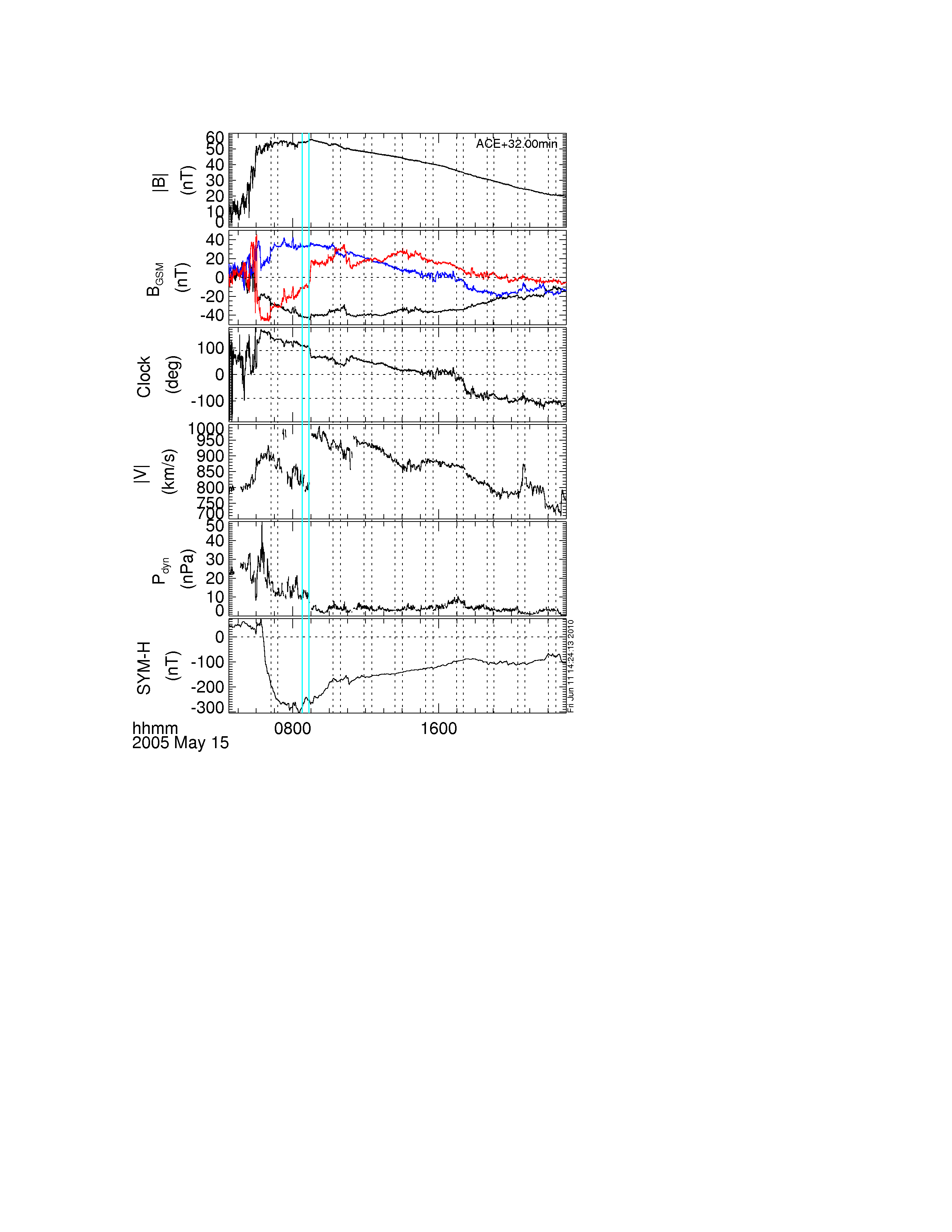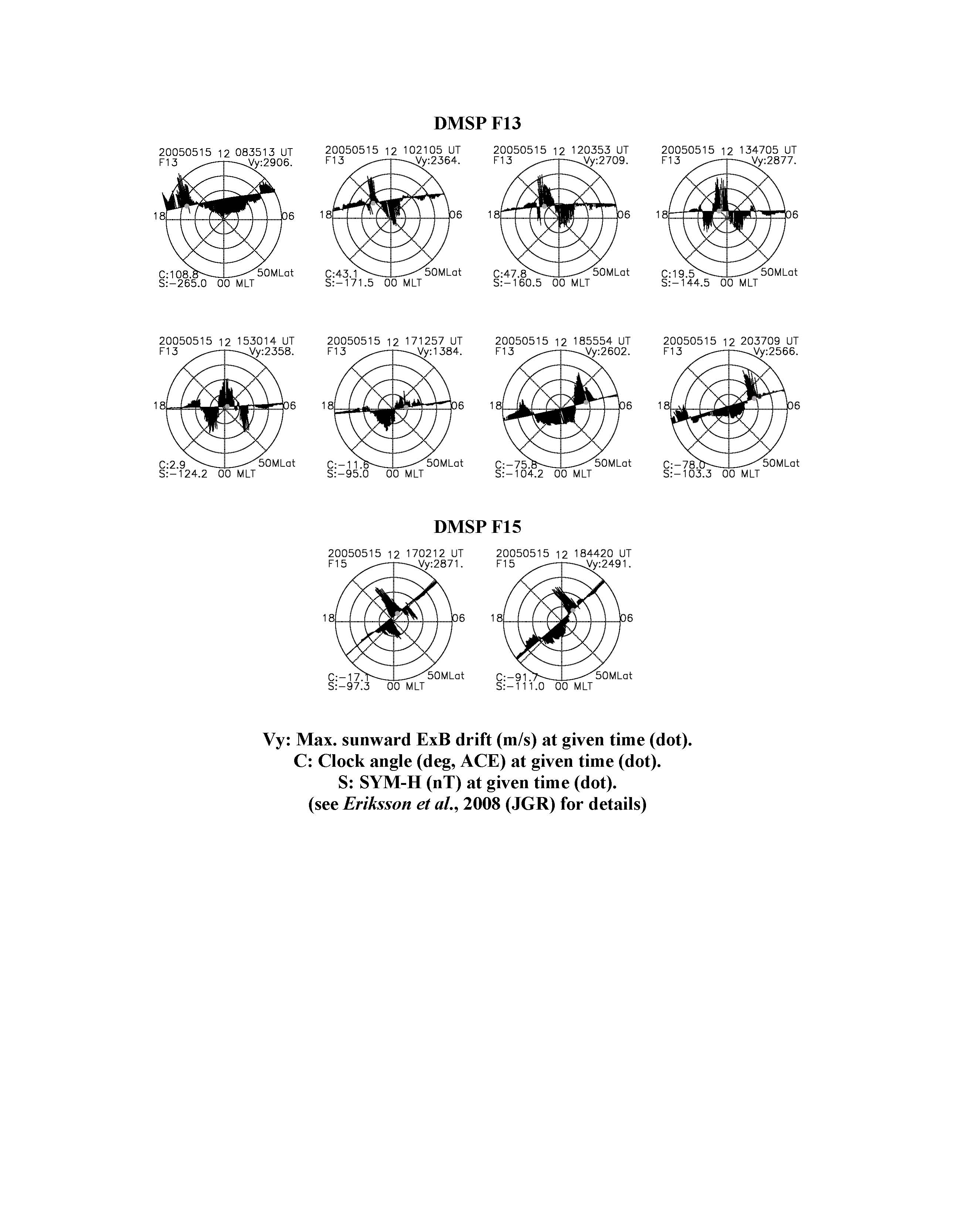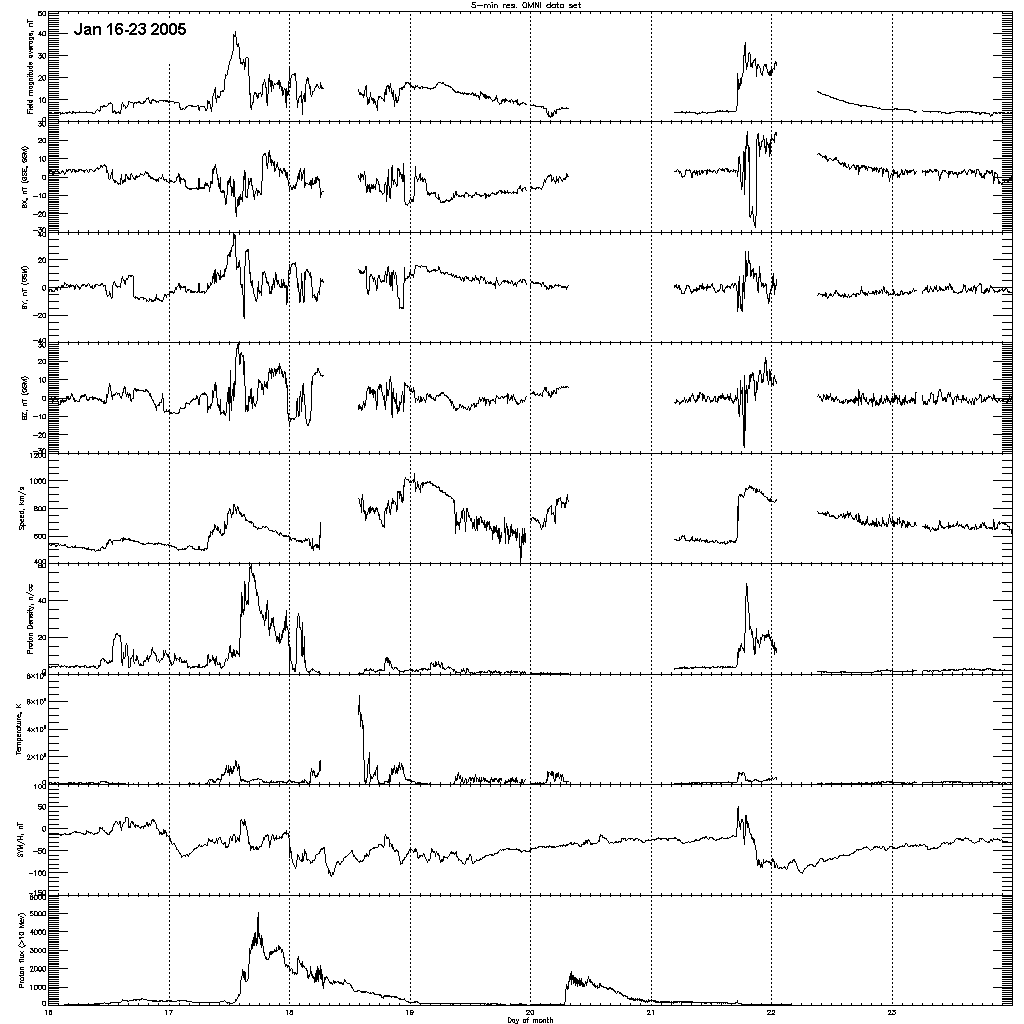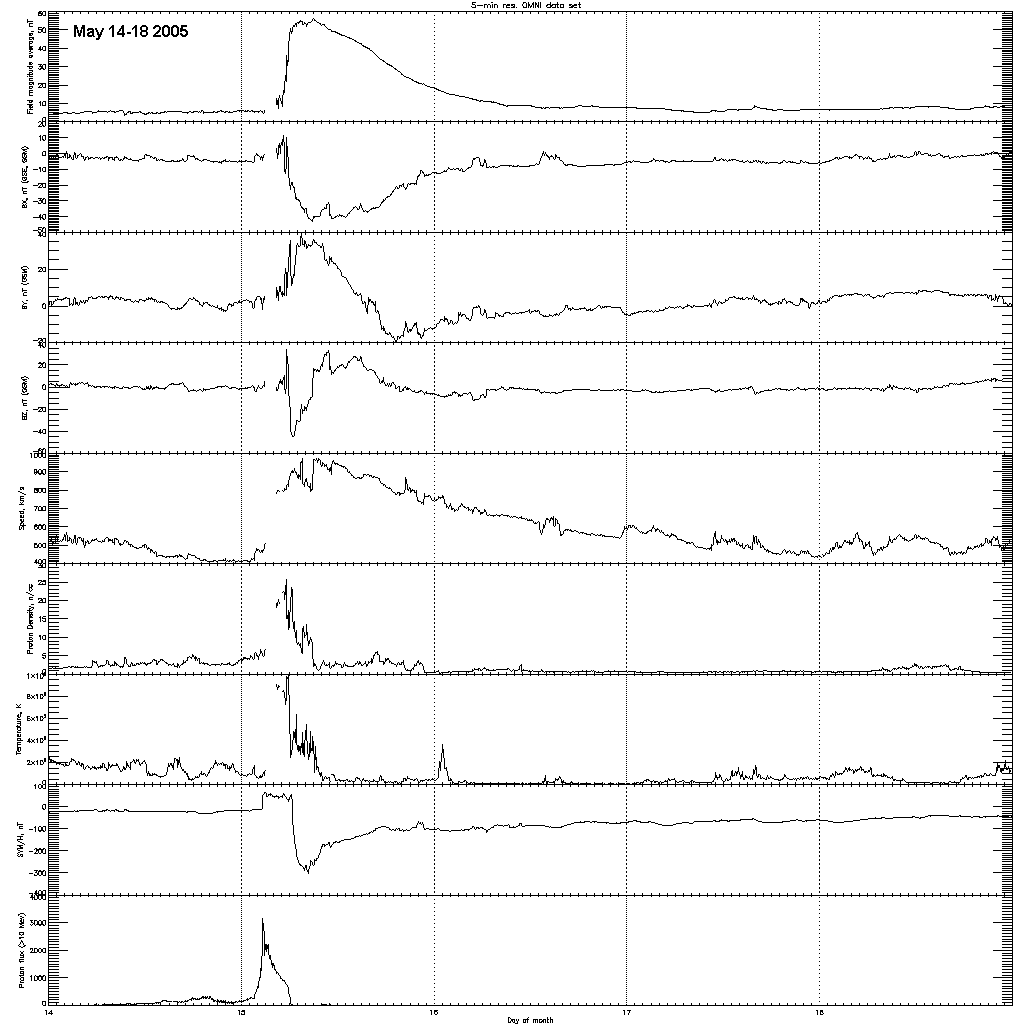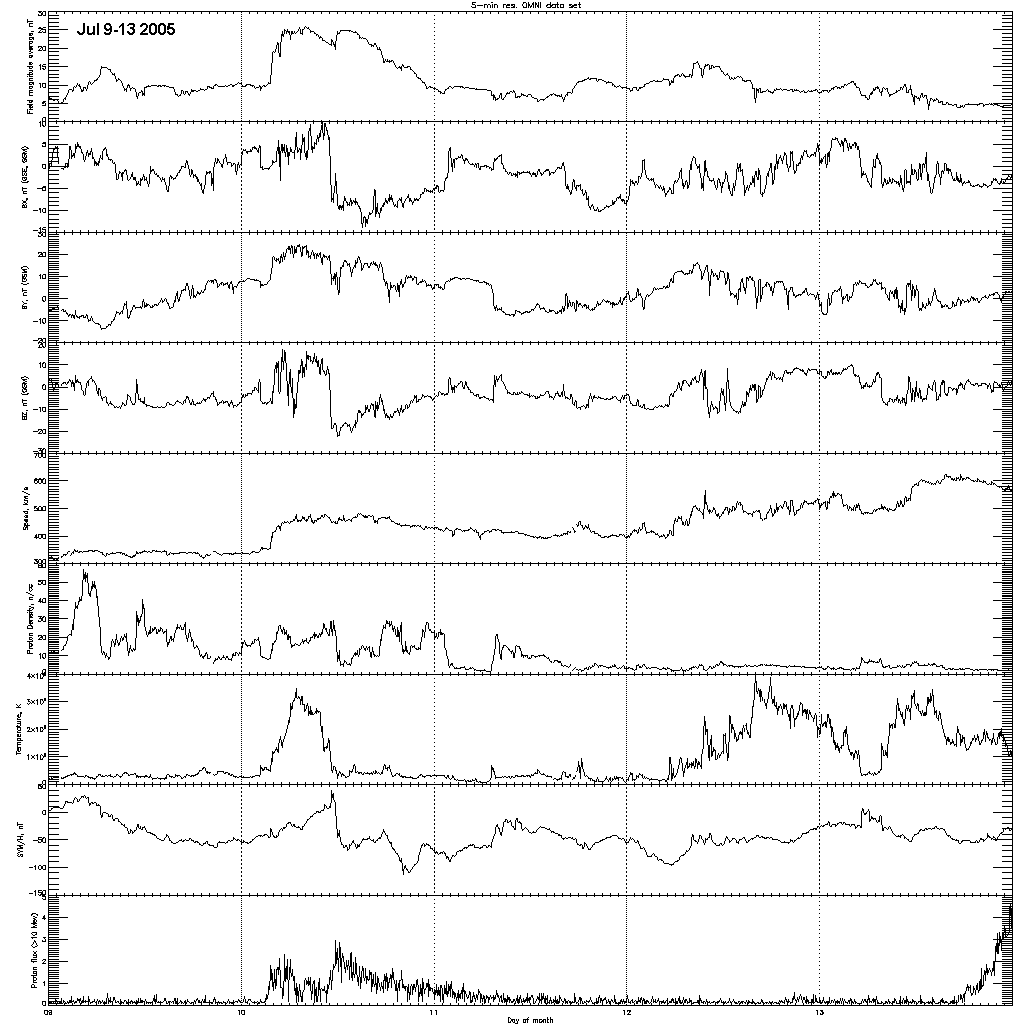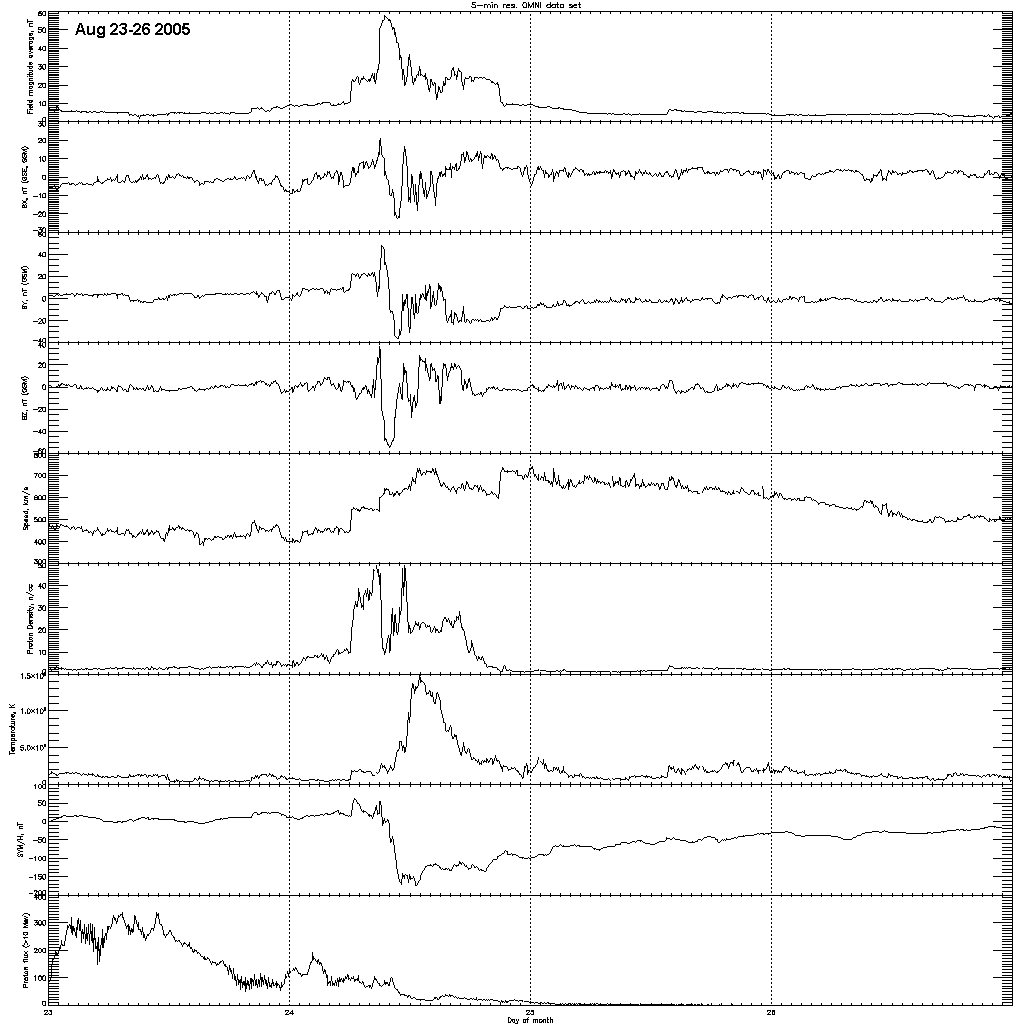Difference between revisions of "FG: Dayside FACs and Energy Deposition"
m |
|||
| (42 intermediate revisions by 4 users not shown) | |||
| Line 1: | Line 1: | ||
'''Chairs: Delores Knipp, Geoff Crowley, Stefan Eriksson, and Ramon Lopez''' | '''Chairs: Delores Knipp, Geoff Crowley, Stefan Eriksson, and Ramon Lopez''' | ||
| − | [[Image: | + | (delores.knipp [at] gmail.com) (gcrowley [at] astraspace.net) |
| + | (eriksson [at] lasp.colorado.edu) (relopez [at] uta.edu) | ||
| + | |||
| + | |||
| + | <span style="color:magenta;font-weight:bold;">'''Focus Group Final Report:'''</span> [http://gem.epss.ucla.edu/mediawiki/pdf/GEM_FED_final_report.pdf PDF link] (Version: March 31, 2013) | ||
| + | |||
| + | |||
| + | ===GOAL=== | ||
| + | |||
| + | ''Explain the relation between enhanced dayside Poynting flux and field-aligned currents, sources of field-aligned currents in the solar wind and magnetosphere and their impacts in the ionosphere-thermosphere system'' | ||
| + | |||
| + | |||
| + | ---- | ||
| + | |||
| + | [[Image:FG_proposal_Dayside_Energy_Deposition-upload.pdf|thumb]] | ||
| + | ---- | ||
| + | |||
| + | ===Description=== | ||
| + | |||
| + | Recent efforts to improve satellite drag prediction have revealed a set of events with anomalous thermospheric density signatures (B. Bowman, personal comm.). These events are associated with interplanetary shocks and large in-the-ecliptic interplanetary magnetic field (IMF) values, often, but not exclusively, while the IMF BZ is positive (Knipp et al., GEM Meeting 2009). Crowley et al. (2010) used the Assimilative Mapping of Ionospheric Electrodynamics (AMIE) procedure to verify extreme values of Joule heating at the foot points of the near-cusp and polar cap field lines during such events and associate them with unmodeled density enhancements. A new Poynting flux data set from the DMSP F-15 satellite confirms the localized dayside energy input (Knipp et al., Work In Progress (WIP), 2010) and further links these events with instances of strong upward ion flow. Although we cite mostly northward IMF literature below, such events also occur with neutral and slightly southward IMF in the presence of a large IMF BY component. | ||
| + | |||
| + | ===Expected Activities and Research Topics=== | ||
| + | |||
| + | We propose to investigate the disturbances described above. There is a significant likelihood that such events direct energy into the dayside thermosphere with little energy input to the magnetotail. Thus the Dst index, could remain unperturbed or even show storm recovery while the coupled dayside high-latitude region is greatly disturbed. We anticipate the following will be fruitful research topics. | ||
| + | |||
| + | *Dayside energy sources and transport for events with large IMF By and Bx (with Bz +/-) | ||
| + | |||
| + | *Dayside field-aligned current systems for large in-the-ecliptic IMF (By and Bx with Bz +/-) | ||
| + | |||
| + | *The location and nature of Poynting and particle energy deposition for IMF Bz>0 and large BY | ||
| + | |||
| + | *The role of enhanced solar wind density and speed during such events | ||
| + | |||
| + | *The relation of such events to cusp region thermospheric density anomalies | ||
| + | |||
| + | *Overall energy contributions to the coupled magnetosphere-ionosphere-thermosphere | ||
| + | |||
| + | *Methods for detecting such disturbances; indices vs. space based monitors | ||
| + | |||
| + | *More realistic MHD modeling of such disturbances | ||
| + | |||
| + | *Overall magnetospheric structure during such disturbances | ||
| + | |||
| + | *Daily and seasonal conductivity effects of high-latitude Joule heating events | ||
| + | |||
| + | |||
| + | |||
| + | |||
| + | ==GEM Summer 2010 Meeting FED Topics== | ||
| + | |||
| + | The FED focus group will hold two sessions at the upcoming GEM Workshop (June 20-25) in Snowmass, covering data, theory, modeling aspects of the following topics: | ||
| + | |||
| + | *Dayside Poynting Flux, Joule Heating and Field Aligned Currents | ||
| + | |||
| + | *Particle Energy Deposition on the Dayside | ||
| + | |||
| + | *Dissipation of Magnetospheric Energy in the Dayside Thermosphere | ||
| + | |||
| + | *Thermospheric Density Enhancements and Traveling Atmospheric/Ionospheric Disturbances | ||
| + | |||
| + | *Solar Wind Drivers for Extreme Dayside Poynting Flux Events | ||
| + | |||
| + | |||
| + | Session Highlights: | ||
| + | Session highlights | ||
| + | |||
| + | • Multiple events under study or consideration—mostly during 2005 (Knipp) | ||
| + | |||
| + | • Apparent relation to FACs adjacent to well-defined flow channels (AMIE, DMSP) (Eriksson and Crowley) | ||
| + | |||
| + | • Conclusive evidence of large thermospheric density effects (CHAMP, AMIE & TIMEGCM-Crowley) | ||
| + | |||
| + | • Evidence of reverse convection in both hemispheres during strong Bz+, Poynting Flux largest in sunlight hemisphere (OPENGGCM and Cluster- Lu) | ||
| + | |||
| + | • Likely relation to ion upwelling and ion outflows (Strangeway) | ||
| + | |||
| + | • Success with initial MHD modeling (OPENGGCM-Li), (LFM-Wiltberger) | ||
| + | |||
| + | • Additional/alternative possible cause: Bowshock current closure (Lopez) | ||
| + | |||
| + | • New statistical summary of field-aligned currents from DMSP (Wing) | ||
| + | |||
| + | • Discussion of importance/relation of open closed fields and field topology (Strangeway) | ||
| + | |||
| + | • Discussion of By vs Bz effects on Dst (Mitchell) | ||
| + | |||
| + | • Discussion of new global thermospheric heating empirical model (Weimer) | ||
| + | |||
| + | • Discussion on rocket experiment results for oxygen upwelling in cusp (Jaynes) | ||
| + | |||
| + | • Post session discussion of Joule heating (Song) [[Image:Dayside_NBZ_heating_Song.pdf |thumb]] | ||
| + | |||
| + | • Discussion of new observing opportunities AMPERE, AMISR, SWARM | ||
| + | |||
| + | • Significant interest from broader GEM community ( Modes of Response, Ion Outflow, MI-coupling and GGCM FAs) | ||
| + | |||
| + | • Two events adopted by GGCM metrics FA for further study: | ||
| + | |||
| + | 15 May 2005 and 9-11 July 2005 (Sheath/CME) | ||
| + | |||
| + | • Significant Interest during M-I Coupling Session at CEDAR | ||
| + | |||
| + | ==Potential Event Study List with OMNIweb Data== | ||
| + | |||
| + | *Nov 7-10 2004 Two major storms in sequence | ||
| + | Second storm had prolonged interval of Large By | ||
| + | OPENGGCM run completed for first storm | ||
| + | [[Image:Nov_2004.pdf|alt=Nov_6-13_2004_OMNIweb_Data]] | ||
| + | [[Image:DMSP_F-15_along_orbit_vertical_Poynting_Flux.pdf]] | ||
| + | |||
| + | *Jan 21 2005 Second storm of two-storm sequence | ||
| + | This event had long interval of Bz+ with By large | ||
| + | OPENGGCM run completed for second storm | ||
| + | See OMNI_data below | ||
| + | |||
| + | |||
| + | *May 15 2005 Isolated major storm | ||
| + | This event had long interval of Bz+ with By and Bx large and rotating | ||
| + | [[Image:Ace_May15_2005.png |thumb]] | ||
| + | See OMNI_data below and Eriksson et al., 2008 (c.f. DMSP ExB response on the right) | ||
| + | [[Image:Dmsp_exb_polar_20050515.jpg|thumb]] | ||
| + | |||
| + | |||
| + | |||
| + | *Jul 09-10 2005 Isolated major storm | ||
| + | Long lead up with more than 18 hr of moderate Bz-. | ||
| + | See OMNI_data below | ||
| + | |||
| + | *Aug 24 2005 Isolated major storm | ||
| + | This event had long interval of Bz+ with By large and rotating | ||
| + | TIMEGCM run completed for this event | ||
| + | See OMNI_data below and Aug 24 DMSP D-15 Poynting Flux in thumbnail | ||
| + | Crowley et al., 2010 | ||
| + | [[Image:Poynting Flux DMSP F-15.jpg|thumb]] | ||
| + | |||
| + | ---- | ||
| + | |||
| + | [[Image:Jan_2005.gif|Jan_16-23_2005_OMNIweb_Data]] | ||
| + | ---- | ||
| + | |||
| + | [[Image:May_2005.gif|May_14-18_2005_OMNIweb_Data]] | ||
| + | |||
| + | ---- | ||
| + | [[Image:Jul_2005.gif|Jul_09-13_2005_OMNIweb_Data]] | ||
| + | |||
| + | ---- | ||
| + | [[Image:Aug_2005.gif|Aug_23-26_2005_OMNIweb_Data]] | ||
Latest revision as of 09:39, 20 June 2013
Chairs: Delores Knipp, Geoff Crowley, Stefan Eriksson, and Ramon Lopez
(delores.knipp [at] gmail.com) (gcrowley [at] astraspace.net) (eriksson [at] lasp.colorado.edu) (relopez [at] uta.edu)
Focus Group Final Report: PDF link (Version: March 31, 2013)
Contents
GOAL
Explain the relation between enhanced dayside Poynting flux and field-aligned currents, sources of field-aligned currents in the solar wind and magnetosphere and their impacts in the ionosphere-thermosphere system
File:FG proposal Dayside Energy Deposition-upload.pdf
Description
Recent efforts to improve satellite drag prediction have revealed a set of events with anomalous thermospheric density signatures (B. Bowman, personal comm.). These events are associated with interplanetary shocks and large in-the-ecliptic interplanetary magnetic field (IMF) values, often, but not exclusively, while the IMF BZ is positive (Knipp et al., GEM Meeting 2009). Crowley et al. (2010) used the Assimilative Mapping of Ionospheric Electrodynamics (AMIE) procedure to verify extreme values of Joule heating at the foot points of the near-cusp and polar cap field lines during such events and associate them with unmodeled density enhancements. A new Poynting flux data set from the DMSP F-15 satellite confirms the localized dayside energy input (Knipp et al., Work In Progress (WIP), 2010) and further links these events with instances of strong upward ion flow. Although we cite mostly northward IMF literature below, such events also occur with neutral and slightly southward IMF in the presence of a large IMF BY component.
Expected Activities and Research Topics
We propose to investigate the disturbances described above. There is a significant likelihood that such events direct energy into the dayside thermosphere with little energy input to the magnetotail. Thus the Dst index, could remain unperturbed or even show storm recovery while the coupled dayside high-latitude region is greatly disturbed. We anticipate the following will be fruitful research topics.
- Dayside energy sources and transport for events with large IMF By and Bx (with Bz +/-)
- Dayside field-aligned current systems for large in-the-ecliptic IMF (By and Bx with Bz +/-)
- The location and nature of Poynting and particle energy deposition for IMF Bz>0 and large BY
- The role of enhanced solar wind density and speed during such events
- The relation of such events to cusp region thermospheric density anomalies
- Overall energy contributions to the coupled magnetosphere-ionosphere-thermosphere
- Methods for detecting such disturbances; indices vs. space based monitors
- More realistic MHD modeling of such disturbances
- Overall magnetospheric structure during such disturbances
- Daily and seasonal conductivity effects of high-latitude Joule heating events
GEM Summer 2010 Meeting FED Topics
The FED focus group will hold two sessions at the upcoming GEM Workshop (June 20-25) in Snowmass, covering data, theory, modeling aspects of the following topics:
- Dayside Poynting Flux, Joule Heating and Field Aligned Currents
- Particle Energy Deposition on the Dayside
- Dissipation of Magnetospheric Energy in the Dayside Thermosphere
- Thermospheric Density Enhancements and Traveling Atmospheric/Ionospheric Disturbances
- Solar Wind Drivers for Extreme Dayside Poynting Flux Events
Session Highlights:
Session highlights
• Multiple events under study or consideration—mostly during 2005 (Knipp)
• Apparent relation to FACs adjacent to well-defined flow channels (AMIE, DMSP) (Eriksson and Crowley)
• Conclusive evidence of large thermospheric density effects (CHAMP, AMIE & TIMEGCM-Crowley)
• Evidence of reverse convection in both hemispheres during strong Bz+, Poynting Flux largest in sunlight hemisphere (OPENGGCM and Cluster- Lu)
• Likely relation to ion upwelling and ion outflows (Strangeway)
• Success with initial MHD modeling (OPENGGCM-Li), (LFM-Wiltberger)
• Additional/alternative possible cause: Bowshock current closure (Lopez)
• New statistical summary of field-aligned currents from DMSP (Wing)
• Discussion of importance/relation of open closed fields and field topology (Strangeway)
• Discussion of By vs Bz effects on Dst (Mitchell)
• Discussion of new global thermospheric heating empirical model (Weimer)
• Discussion on rocket experiment results for oxygen upwelling in cusp (Jaynes)
• Post session discussion of Joule heating (Song) File:Dayside NBZ heating Song.pdf
• Discussion of new observing opportunities AMPERE, AMISR, SWARM
• Significant interest from broader GEM community ( Modes of Response, Ion Outflow, MI-coupling and GGCM FAs)
• Two events adopted by GGCM metrics FA for further study:
15 May 2005 and 9-11 July 2005 (Sheath/CME)
• Significant Interest during M-I Coupling Session at CEDAR
Potential Event Study List with OMNIweb Data
- Nov 7-10 2004 Two major storms in sequence
Second storm had prolonged interval of Large By
OPENGGCM run completed for first storm
File:Nov 2004.pdf
File:DMSP F-15 along orbit vertical Poynting Flux.pdf
- Jan 21 2005 Second storm of two-storm sequence
This event had long interval of Bz+ with By large
OPENGGCM run completed for second storm
See OMNI_data below
- May 15 2005 Isolated major storm
This event had long interval of Bz+ with By and Bx large and rotating
See OMNI_data below and Eriksson et al., 2008 (c.f. DMSP ExB response on the right)
- Jul 09-10 2005 Isolated major storm
Long lead up with more than 18 hr of moderate Bz-.
See OMNI_data below
- Aug 24 2005 Isolated major storm
This event had long interval of Bz+ with By large and rotating
TIMEGCM run completed for this event
See OMNI_data below and Aug 24 DMSP D-15 Poynting Flux in thumbnail
Crowley et al., 2010
